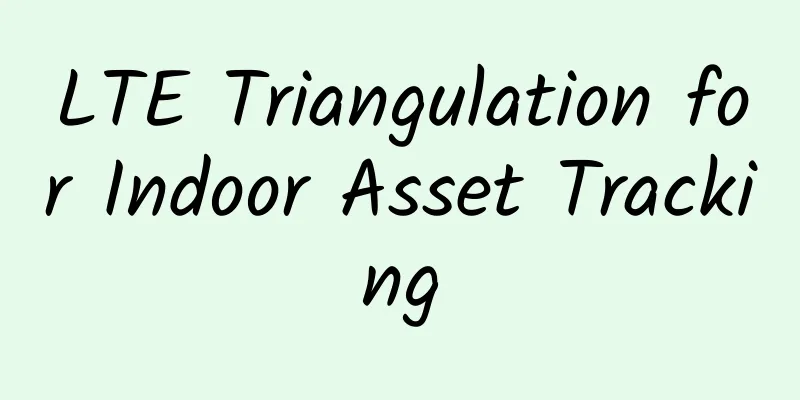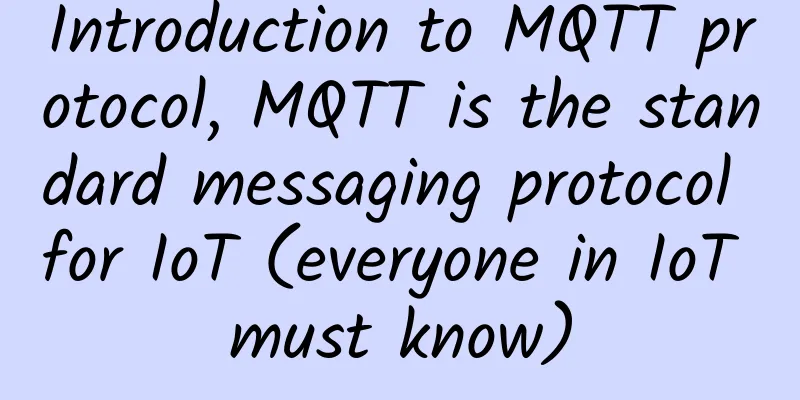LTE Triangulation for Indoor Asset Tracking

|
What is LTE? LTE stands for long-term evolution and is a standardized path set by 3GPP for communications companies to upgrade from 3G (third generation) mobile networks to 4G (fourth generation) mobile networks. Since a network is considered a high standard for 4G, many companies have marketed LTE or 4G LTE to indicate that their network is moving toward or close to 4G, but has not yet fully reached the strict minimum requirements.
How does LTE Triangulation work? Several pieces of data used in triangulation are available from cell towers. The first is signal strength, which is used to calculate the distance from the device to the cell tower. The second is the angle. Base stations have multiple antennas that send and receive signals, making it possible to know the direction of the device relative to the base station. The third piece of information used in the triangulation calculation is the location of the tower itself. By combining these three pieces of information from multiple base stations, you can determine the location of an IoT device. LTE triangulation has been used for many years, with the primary application being to enable operators to identify the approximate location of emergency 911 calls. Other applications include improving indoor location when GPS is not within the device's line of sight. advantage LTE offers a few advantages. The first advantage is the large amount of LTE infrastructure that is able to connect and start using. The second advantage is that the signal can travel over long distances. These two advantages allow for a lot of flexibility. You can attach a cellular antenna to an object, plug it into a cellular network, and start tracking that object. shortcoming The main drawback of LTE triangulation is its inaccuracy. The accuracy of LTE triangulation ranges from tens of meters to hundreds of meters. This is due to the large differences in signal strength caused by interference and the large angles covered by cellular antennas. In indoor environments, LTE will not be more accurate than other connection options that rely on signal strength, such as WiFi or Bluetooth. Use Cases Currently, LTE is often used as a fallback when other technologies are ineffective. For example, when your phone cannot obtain an accurate location using GPS, it will resort to LTE triangulation. Another application includes tracking a package from sender to receiver. The package will pass through warehouses and multiple modes of transportation before reaching you. LTE can effectively track it all the way. LTE is an effective solution when reliability is critical but accuracy is not a primary requirement. |
<<: Tell you the real strength of the four major communication operators' 5G
Recommend
Deep understanding of DNS tunnel communication in practical scenarios
Preface Recently, we conducted an in-depth analys...
How to store IP addresses in MySQL efficiently?
A few days ago, a friend of mine went to an inter...
The operating data of the three major operators in January was released: China Telecom’s 5G users are about to exceed 100 million
[[383106]] In a blink of an eye, the Spring Festi...
RAKsmart New Year's Big Offer: Cluster Servers Starting from $142/month, Available in Los Angeles/San Jose/Japan/Hong Kong Data Centers
RAKsmart is a Chinese-owned computer room, provid...
Pride and Prejudice in Data Centers About Software
When it comes to data centers, most people will f...
UBBF2020: Intelligent connectivity, creating new growth in industry value
[Beijing, China, October 13, 2020] Today, the 6th...
12 Myths About Blockchain Technology
Blockchain, the distributed ledger technology, ha...
Why is network proxy technology so popular? Forward proxy | Reverse proxy
1. The concept of agency I believe everyone has h...
Six ways 5G can save the global supply chain
For decades, we’ve taken supply chains for grante...
An article to bring you the principle and application of LDO
[[404648]] 01LDO Definition LDO, or low drop out ...
Get WiFi signal first before enjoying the three-day New Year holiday
The New Year is coming, say goodbye to 2018, and ...
A "cloud" floats over the grassland: Huawei and the Ulanqab Municipal Government jointly build a cloud data center
Driven by the wave of informatization, Ulanqab Ci...
Eight excellent open source intranet penetration tools
Intranet penetration (NAT penetration) is a techn...
The embarrassment of 5G network: the speed is slower than a year ago, and millimeter wave is difficult to popularize
On May 7, 5G networks, as a new generation of mob...









